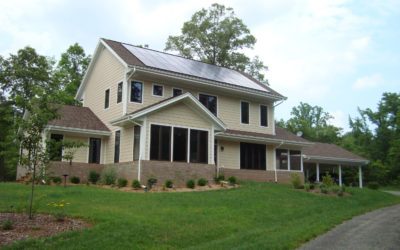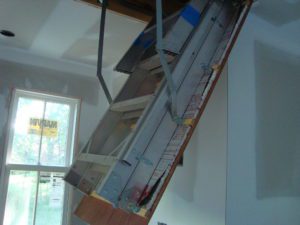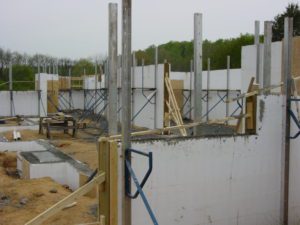When you are selecting building products, you may never find a perfect, green solution. Here are...
Green Term Defined: Green Building (Part 2)
Green Building continued: The client is responsible for forming the best possible team to achieve...
Green Terms Defined: Green Building (Part 1)
There are many definitions of what green building is or does. Definitions range from a building...
Spend where it makes the most difference – Design Matters
Building a home is a major investment of time, energy, emotions, and money. You have to make some...
Crossroads Farm Green Home
Green Building is not expensive, it is not unusual, and it should not be considered a unique...
Owners, Contractors, Architects, and Lawyers- Teammates in Green Building
Christopher G. Hill is lawyer and owner of the Richmond, VA firm, The Law Office of Christopher G....
10 Steps to Help You “Go Green”
There is a tremendous amount of information about going green on the news, television shows, and...
LEED – Cost vs Value
LEED - Cost vs Value LEED (Green design) and construction does not cost more, quality costs more....



